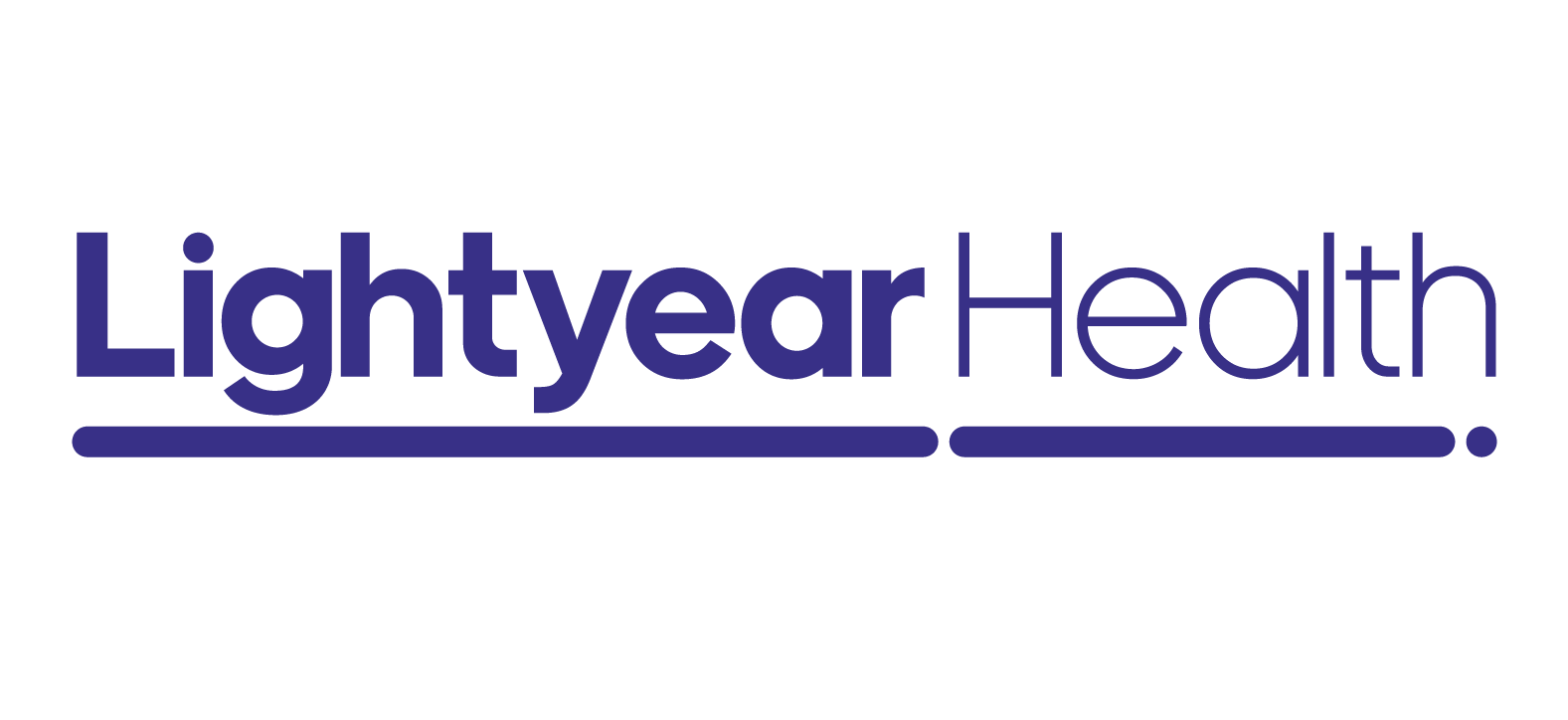As your loved one grows older, they’ll likely require some medications in order to alleviate the symptoms of their chronic or acute illnesses. While modern medicine can enhance your loved one’s quality of life tremendously, it can also have some pretty intense side effects.
Specifically, narcotic pain relievers have been known to cause a number of side effects in older individuals when used for pain management. Mild cognitive impairment and sedation are among some of the most common side effects seen in elderly populations, especially when taken alongside other medications.
However, the good news is that there are plenty of alternatives for pain relief.
Here are some of the best non-narcotic alternatives for holistic pain management for your elderly family
#1: Physical Therapy
Physical therapy can help anyone at any age alleviate pain or get back on their feet because of an acute or chronic injury. But for elderly individuals, it can be an amazing way to achieve pain relief without the need for any type of medication at all.
Physical therapists can deploy a number of treatment methods that not only serve to reduce discomfort but are transitional outside of the clinical setting. In other words, the stretches and exercises that your loved one learns during their sessions can be completed while at home to help them alleviate pain whenever necessary.
In many circumstances, physical therapy is even preferred over opioid medications because there are few, if any, adverse side effects. Unlike opioids, this helps ensure that your family member will not experience any co-occurring symptoms during treatment.
On top of that, it doesn’t just aim to stop pain quickly and temporarily – it is focused on reducing pain over time and for the long haul. It addresses the underlying causes of pain in comparison to opioids, which essentially just reduce the symptoms.
Not to mention, physical therapy has holistic benefits outside of reducing pain. Movement-based therapies can also improve mood, manage blood pressure, control weight, support healthy bone density, and enhance strength or endurance.
#2: Non-Opioid Pain Relief Medications
One of the main advantages of opioid pain relievers is that they are effective and take effect quickly. However, your loved one can get immediate relief for their discomfort without the need for opioids.
Non-opioid pain relievers can usually be taken over the counter. And while they aren’t as strong as prescription-strength medication, they generally come with far fewer side effects and can safely be taken alongside other medications.
Tylenol (acetaminophen) and Advil (ibuprofen) are two of the more popular examples of non-opioid pain relievers.
Still, some side effects of taking these medications are possible, including fatigue, nausea, and other forms of GI discomfort. If your loved one is on other medications, it’s important to speak with their healthcare provider before adding any other drug, vitamin, or supplement to their routine.
#3: Surgery
Although surgery is often a last resort, this can be one of the most effective ways to reduce pain. If a doctor can pinpoint the cause of pain and successfully correct it, it will result in a pain-free life after surgery has been completed.
But using surgery as an alternative to opioid pain relief is a bit of a double edged sword. This is because the healing process after a surgery often results in excess pain, and often, opioid medications are strong enough to reduce discomfort.
Depending on the severity of the surgery, this can still be avoided. The best course of action is to speak with your loved one’s healthcare provider to see if there are ways the surgery can be completed without the use of opioid medications beforehand.
#4: Nerve Block Injections
For nerve pain, pain relief medications are often a go-to. However, nerve block injections are a viable alternative that may be a safer option for your loved one.
Nerve blocks are injected into the body and work by numbing the area around nerves. This interrupts pain signals sent to the brain, reducing the sensation of discomfort.
Nerve blocks can be used not only to alleviate pain, but can also be used to determine the source of pain. They are also used as an alternative to avoid the side effects of other medications, such as opioids.
A benefit of nerve block injections is that they can last for six to 12 months when used for chronic pain. With that said, they do not treat the underlying cause of pain – just its symptoms.
#5: Acupuncture
While it is often thought of as an alternative medicine, acupuncture is a viable alternative to opioids with plenty of scientific evidence to back its efficacy.
Acupuncture involves inserting tiny needles into strategic points on the skin. While it’s a traditional Chinese medicinal practice, it is becoming more common in the Western world for treating pain.
Results from a number of studies suggest that acupuncture therapies are beneficial for easing pains associated with the lower back, neck, or knees. It can even help reduce the frequency of migraine headaches. One study even found that using acupuncture in addition to blood pressure medication was able to lower blood pressure even more effectively in elderly patients.
Speak with your loved one’s doctor to see if acupuncture is worthwhile for their given situation. It may be contraindicated for those with bleeding disorders or those who have pacemakers.
#6: Therapeutic Massage
While the idea of getting a massage might just sound like self-indulgence at a local spa, it can actually be extremely beneficial in reducing your loved one’s discomfort without the need for narcotic pain relievers.
Therapeutic deep tissue massages relax painful muscles, joints, and tendons while simultaneously helping to reduce stress and anxiety. 60-minute therapeutic massages have been shown to relieve chronic neck pain.
A great benefit of massages is that they can be done alongside your loved one to help you bond. Not to mention, the massage can help you relax and reduce caregiver burnout.
#7: Essential Oils
The calming scent of lavender or eucalyptus can be enough to reduce stress and anxiety, but did you know that it can also have a positive effect on pain relief?
Compared to placebos, aromatherapy through the use of essential oils was found to help with feelings of acute and chronic pain. It was also found to be most effective at helping with post-operative pain.
To allow your loved one to enjoy the effects of essential oils, you can place a few drops into an oil diffuser. Likewise, you can have them place a few drops into a hot bath to enhance the calming effects during their next self-care day.
#8: Heat and Cold
While there is not much evidence to suggest that heat and cold treatments are entirely beneficial for alleviating pain, many people report finding relief. And in most cases, when heat and cold are used properly, the risk for harm is very low.
If the pain is stemming from an acute injury, you’ll want to have your loved one use an ice pack to reduce acute swelling. Moisten a towel and squeeze it until it is damp. Then, fold it and place it into the freezer until cold.
Next, elevate the injured area if possible and place the ice pack over the painful spot for 10 to 15 minutes about three times a day. This can also be done after vigorous activity or exercise.
Heat can be used if the pain is stemming from muscle stiffness. Apply heat for 15-20 minutes at a time. Moist heat like baths and showers tend to work better than dry heating pads.
#9: Anti-Inflammatory Foods
Alleviating pain isn’t just about applying remedies to the outside of the body – it’s also about taking care of the body from within. There are plenty of delicious foods that your loved one will enjoy that can also benefit their overall health and pain management.
Foods that have been shown to fight inflammation and possible reduce the sensation of chronic or acute pain include:
- Tomatoes, eggplants, and other nightshades
- Fatty fish, especially salmon, mackerel, and tuna
- High-vitamin C fruits like strawberries or blueberries
- Leafy green vegetables
- Olive oil
- Nuts, like almonds and walnuts
With that in mind, there are also foods that should be avoided because they’ve been linked to increased inflammation. These are usually processed foods, fried foods, red meats, margarine, or refined grains.
It can be difficult to push healthy eating habits onto your loved one, but there are some ways to try to enhance their health through the foods they eat.
Try offering them smaller portions of nutrient-dense foods so they don’t feel overwhelmed by what’s in front of them. Additionally, it can be helpful for you to eat nutritious meals alongside your loved one so they can focus less on the meal and more on the quality time spent.
#10: Exercise
It might seem weird to think that moving the body while it’s in pain is a good idea. However, physical activity is one of the best remedies for pain relief, especially since it has almost no adverse side effects when compared to opioids.
One study found that physical activity resulted in low to moderate benefits in participants with back pain, knee pain, and forms of arthritis. And even if it didn’t help individuals reduce pain, the co-occurring benefits like improved mood and managed weight were very much still present.
Your loved one doesn’t need to attend a HIIT class to feel the effects. Go for a nice outdoor walk with them, take them to a water aerobics class, or even help them garden around the house.
Any type of physical activity can help them enhance their quality of life — plus, more brisk activities release pain-relieving endorphins that can help, too.
The Takeaways
While narcotic pain medications can work effectively to reduce pain after surgery, they often come with negative side effects for seniors. The good news is that there are plenty of alternatives for pain relief that can work just as well.
- Over-the-counter pain relief medications aren’t as strong, but they also don’t come with as many negative side effects.
- Physical therapy or deep tissue massage are kinesthetic ways to manually help your loved one feel some relief.
- As far as home remedies go, your loved one may find that essential oils, eating anti-inflammatory foods, getting some exercise, or throwing on an ice pack are the most effective options.
- They can even see if the benefits of acupuncture work for them.
At Lightyear Health, our pain management specialists and medical rehabilitation clinic can help your loved one feel as healthy as ever. We are relentlessly committed to improving the aging process.
Click here to get in touch and learn more.
Sources:
Opiates and elderly: Use and side effects | NCBI.
Pain Relief Through Physical Therapy | University of Utah Health
How Do Pain Relievers Work? | Johns Hopkins All Children’s Hospital.
Nerve Block for Pain Relief | Michigan Medicine.
Therapeutic massage for pain relief | Harvard Health
The Effectiveness of Aromatherapy in Reducing Pain: A Systematic Review and Meta-Analysis | NCBI
Use Heat or Ice to Relieve Low Back Pain | Michigan Medicine
Physical activity and exercise for chronic pain in adults: an overview of Cochrane Reviews | NCBI



